
All categories
Featured selections
Trade Assurance
Buyer Central
Help Center
Get the app
Become a supplier

(27138 products available)







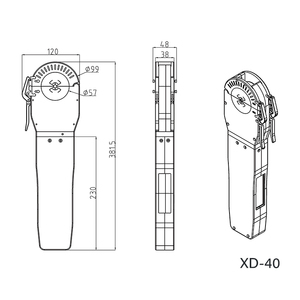


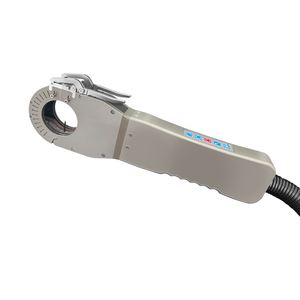










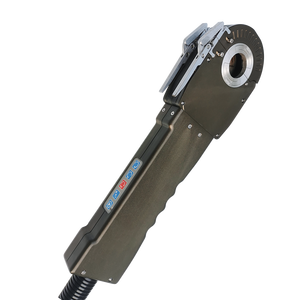
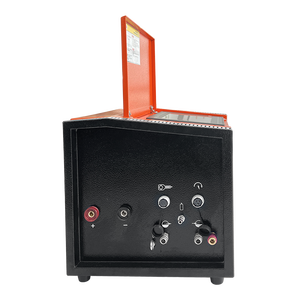


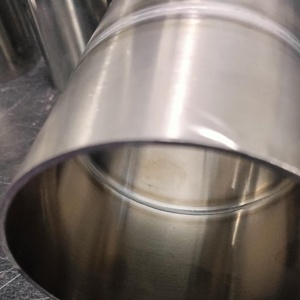













A carbon steel pipe welding machine is used to weld various carbon steel pipes. Different types of machines perform specific kinds of welds on steel pipes. Below is a description of four common types of carbon steel pipe welding machines.
Manual Welding Machines
Manual welding machines rely on the skills of the operator to weld the carbon steel pipe. The manual machines may use MIG, TIG, or stick welding guns. Manual welding machines are versatile and affordable. However, they can result in uneven welds and require skilled operators.
Arc Welding Machines
Arc welding machines weld carbon steel pipes by creating arcs between the pipe and an electrode. The heat generated from the arcs melts the base material and electrode, joining the carbon steel pipe. The welding machine may use flux-cored arc, shielded metal arc, or gas tungsten arc methods. An arc welding machine can easily join pipes at different thickness levels. However, it requires a high level of skill and knowledge to operate effectively.
Automatic Welding Machines
Automatic welding machines control the welding arc, speed, and feed rate. They have set parameters for welding carbon steel pipes and do not require manual input while welding. The machines are efficient and produce consistent welds. However, they are expensive and require regular maintenance. The machine operator may need to change the welding parameters for different materials and thicknesses.
Orbital Welding Machines
Orbital welding machines are automated and create precise welds in a circular motion. They are efficient and produce high-quality, uniform welds. An orbital welding machine can easily handle jobs involving multiple components or heavy carbon steel sections. The machine also has a low operator skill level, reducing training costs. However, the machines are expensive and require special fixturing to hold the weld areas.
Different types of carbon steel welding machines have unique specifications, strongly influencing their capacity and performance.
Maintaining a carbon steel welding machine ensures that it performs consistently at its best and extends its lifespan. Regular checks and services prevent breakdowns and could help avoid accidents.
Carbon steel welding machines are widely applied in various industries like construction, infrastructure, manufacturing, and oil and gas. Here are some specific usage scenarios:
Infrastructure and Construction
Carbon steel welding machines help weld pipelines, girders, frames, bridges, and structures of pipelines. They ensure the stability and strength of carbon steel welded joints. They meet the requirements of infrastructure projects. Besides, carbon steel welding machines also assist in repairing and maintaining existing infrastructure.
Industrial Manufacturing
Carbon steel welding machines can be used to weld various carbon steel equipment and products. For example, machines, containers, barrels, and pressure vessels made of carbon steel are frequently produced. Besides, carbon steel welding machines help repair and maintain manufacturing equipment.
Automobile Industry
Carbon steel welding machines are employed to weld various parts of carbon steel automobiles and carbon steel accessory trays and bumpers, among other things. In addition, those machines assist in repairing and maintaining automobiles. They guarantee the safety and reliability of carbon steel vehicles.
Shipbuilding
Carbon steel welding machines are commonly used to weld ship hulls, decks, and other parts. Those machines help build and maintain ships. They ensure the quality and safety of ships.
Petroleum and Natural Gas
Carbon steel welding machines are used to weld pipelines, valves, and other equipment of carbon steel oil and gas. They also create platforms and refineries. Welding machines help establish and maintain the transportation and storage system of various carbon steel petrochemical products.
Aerospace
Carbon steel welding machines are sometimes applied to weld aerospace structures and components, such as frames, engines, and landing gear, among other things. They comply with the regulations of aerospace standards.
Food Industry
Welding machines are usually utilized to weld food containers, processing equipment, and pipelines. They help ensure the hygiene and safety of food.
In a word, carbon steel pipe welding machines play a key role in various industries. They are good choices for those who want to enhance the productivity and efficiency of their business.
Carbon steel pipe welding machines are available in different options for buyers. When buying, buyers need to consider several pipe welding machine sizes and types and their usual applications in different industries. The size and thickness of the welded pipes will tell if a machine is fit for use in a factory or the construction of large-scale projects or if it's useful for small, domestic use.
Different steel types are also compatible with various welding machine methods. Buyers must consider how easy and automated it can be to use a welding machine. Manual workload in large-scale factories is minimized with more automation, such as in-feed and out-feed systems. Carbon steel pipe welding machines with added features to reduce the number of carbon steel pipes needing post-weld treatment are more preferred. These include induction heating systems used for tempering pipes after being welded.
The skill set of employees working with welders determines the machine's complexity required. Machines with increased operator skill complexity are more suited to specialized industries and factories. In contrast, those that are easier to understand are better for use in small industries, schools, or homes where workshop instructors train students.
How easily a purchased welding machine can be moved around in a factory or used at different construction sites is another important factor. Power tools are more portable than magnet arc welders. Welding machines that need to be moved around in the workplace should have a portable design, and lightweight construction is preferred so it doesn't compromise the operator's safety.
The country's carbon footprint and environmental impact where the carbon steel welding machine is being used are essential. Businesses will want to buy machines with inverter technology so their energy output is more efficient. They may also want to look for features like gas-saving technology that can reduce the amount of gas used during the cooling process.
Q1: What types of welding are used for carbon steel pipes?
A1: Several welding methods are suitable for carbon steel pipes, including the submerged arc, flux-cored arc, manual metal arc, metal inert gas, and spiral or straight arc gas pipe welding. These methods have their benefits and can produce good results if used correctly.
Q2: What are the benefits of carbon steel pipe welding machines?
A2: Carbon steel pipe welding machines make these tasks easier. They help weld pipes quickly and precisely, even when there are many pipes to weld. These machines also cope with different types of pipes and their sizes. They can lower labor expenses and produce better welding results.
Q3: Are automated welding machines worth the investment for carbon steel pipes?
A3: While automated machines may cost more initially, their efficiency in high-volume production typically leads to faster returns on investment.
Q4: What maintenance tips can ensure the carbon steel pipe welding machine is in good working order?
A4: Regular machine cleaning after use, along with scheduled professional inspections, can prevent premature component wear and keep welding quality consistent.